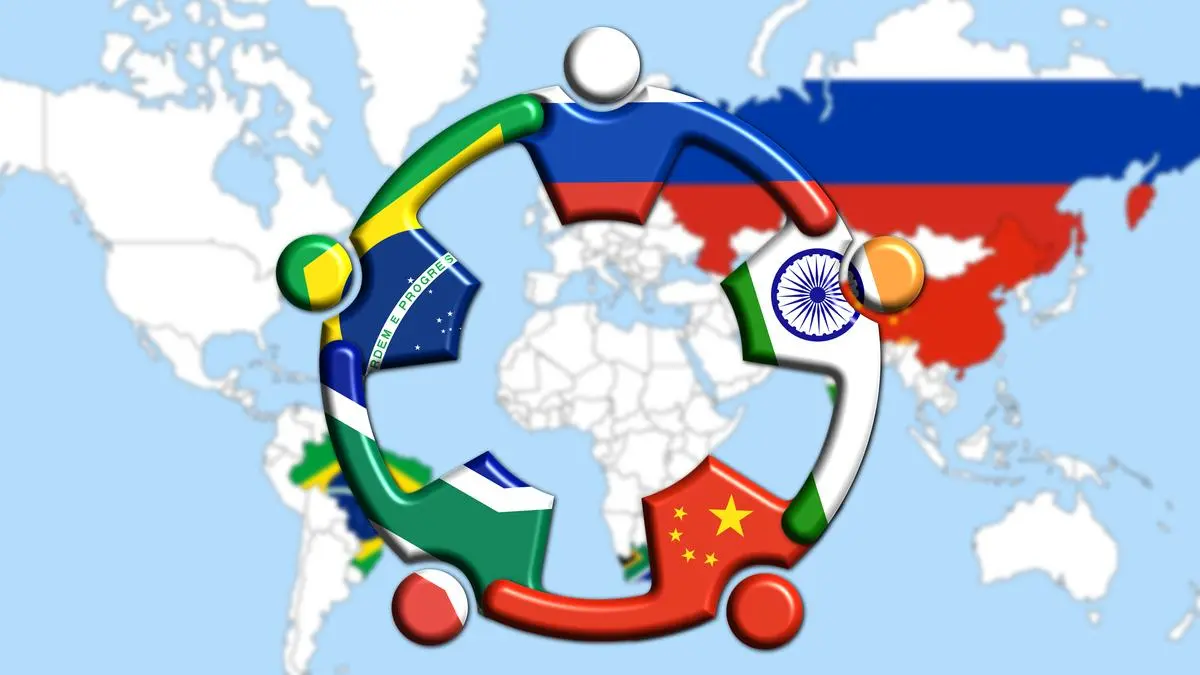
BRICS provides Indian exporters access to diverse and expanding markets beyond traditional Western partners.
| Photo Credit:
Andrea Nicolini
The BRICS grouping — comprising Brazil, Russia, India, China, South Africa, and other countries such as Saudi Arabia, Egypt, the UAE, Ethiopia, Indonesia, and Iran — continues to emerge as a key force shaping a more equitable global order. Representing nearly 55 per cent of the global population and nearly 40 per cent of the world’s GDP, exceeding that of the G7, BRICS has emerged as a formidable bloc for political and diplomatic coordination among Global South nations.
For India, BRICS is a vital economic conduit to reshape global economic governance. Indian industry plays a central role in this transformation, using BRICS-led initiatives to expand market access, influence regional value chains, and tap into innovative financing through institutions like the New Development Bank. BRICS directly complements India’s long-term agenda of sustainability, digital leadership, and inclusive growth, making Indian enterprise a key driver of the bloc’s future direction.
As BRICS evolves into a more structured and action-oriented platform, Indian industry must deepen its participation. While currently led by select organisations, there is a growing need for broader and more inclusive industry participation across all BRICS Business Council working groups.
Strategic relevance
By participating in BRICS mechanisms and platforms, India gains a platform to advocate for a more multipolar world order and reforms in global institutions like the WTO, IMF, and UN. A stronger voice in global governance benefits Indian industry by ensuring fairer trade rules, better dispute settlement mechanisms, and more balanced development policies.
BRICS cooperation encourages regional and inter-regional value chains, reducing over-dependence on Western supply chains — especially as Europe and the Americas account for nearly 32 per cent of India’s imports.
With global trade dynamics evolving, BRICS provides Indian exporters access to diverse and expanding markets beyond traditional Western partners. This holds value for sectors like agri-tech, pharmaceuticals, automobiles, IT services, and textiles. Deliberations on sustainable food systems, rural livelihoods, and infrastructure development reflect India’s broader vision for enhancing its role in global value chains and promoting inclusive economic growth. To promote financial resilience and reduce over-reliance on dominant global currencies, BRICS nations are exploring mechanisms for enhanced intra-BRICS trade settlements in neutral currencies or through bilateral/multilateral escrow arrangements. India, with its growing trade footprint within BRICS, stands to benefit from such initiatives which can lower transaction costs and enhance trade predictability. The current intra-BRICS trade stands at more than $600 billion, with significant potential to grow beyond this value.
A harmonised BRICS customs ecosystem — including Mutual Recognition Agreements (MRAs), streamlined documentation, and the elimination of non-tariff barriers (NTBs) — is essential to facilitate smoother trade flows. Indian exporters, especially SMEs, will greatly benefit from simplified compliance and predictable market access across BRICS economies.
With growing global disillusionment around the effectiveness of climate negotiations under the COP framework — especially in light of waning commitment from developed nations — the BRICS bloc must consider a self-driven climate fund and action agenda. India can champion collaborative climate resilience projects, green finance mechanisms, and technology sharing to meet mutual sustainability goals within BRICS, aligning with its own Panchamrit targets.
The BRICS Business Forum 2025, to be held on July 5 in Rio de Janeiro, offers a vital platform for Indian industry to lead dialogue, drive partnerships, and influence policy direction.
The writer is Secretary General, ASSOCHAM
Published on July 3, 2025

